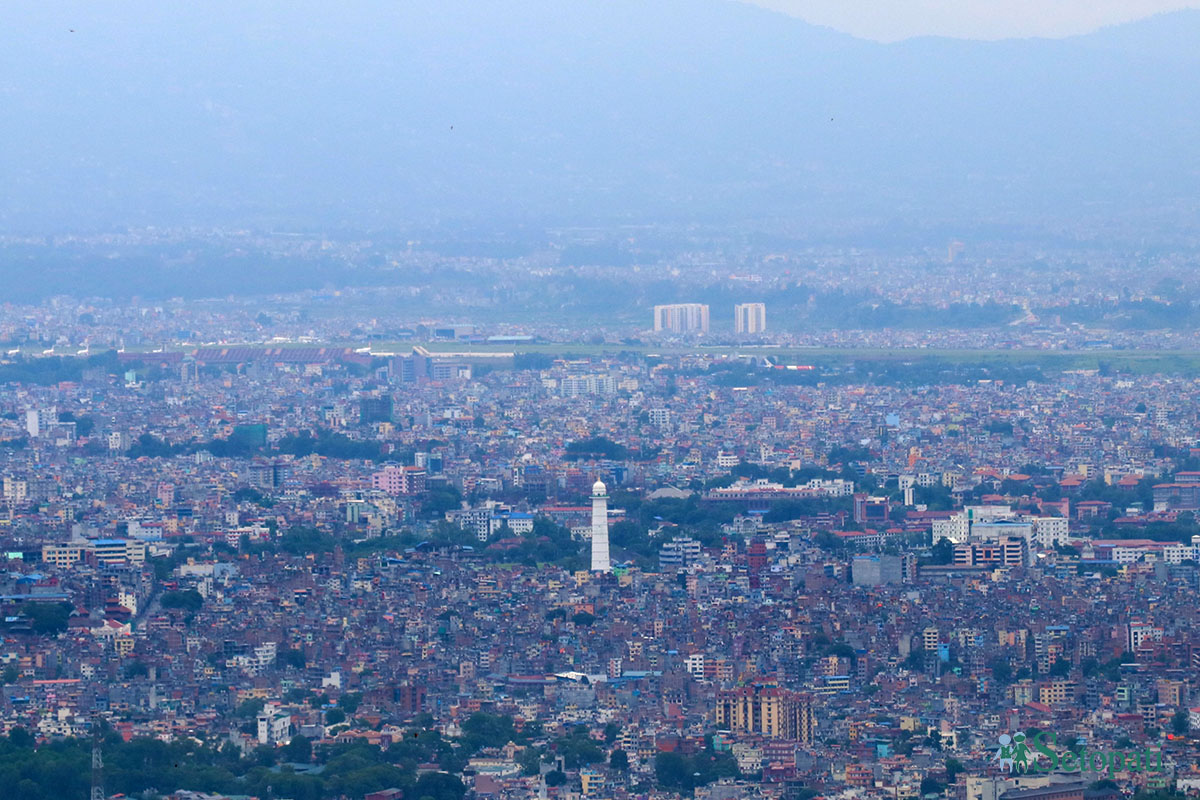The country is gradually getting into election mode after announcement to hold the federal and parliamentary elections on November 20.
The ruling coalition has even formed a task force to decide on sharing of seats. The recent local election showed that votes can be transferred within the coalition partners if the parties forge electoral alliance as the coalition emerged victorious in most of the places where they fielded a joint candidate.
We have done an analysis on the prospects for the parties in Kathmandu district that has 10 federal constituencies based on the performance of parties in the recent local election as the performance in local election was reflected even in the federal election five years back.
CPN-UML had opted for electoral alliance with CPN (Maoist Center) in the last general election with promise of party unification after the election. UML had fielded candidates in seven of the 10 constituencies and won six of them with the party’s candidate in Kathmandu 4, Rajan Bhattarai, losing to Gagan Thapa of Nepali Congress.
Maoist Center had lost all three constituencies (1, 6 and 10) to NC candidates.
CPN, formed after unification of UML with Maoist Center after the last general election, has already split into the constituent parties, and UML has suffered another split with the Khanal-Nepal faction forming CPN (Unified Socialist).
UML still remains a strong party in Kathmandu even after the split and will compete with NC for dominance in Kathmandu district.
NC seems to be the single largest party in the district based on the votes secured by the candidates for ward chairs in the constituencies concerned. NC seems stronger in seven of the 10 constituencies—1, 3, 6, 7, 8, 9 and 10—on its own while the main opposition UML is stronger in the remaining three.
UML may be in trouble even in the constituencies where it is stronger if the coalition partners field a common candidate in each constituency as they plan to do. Gagan Thapa has won in Kathmandu-4, traditionally dominated by UML, in the past two elections when NC contested on its own, and would consider himself a favorite for reelection with support of coalition partners having defeated the joint candidate of UML and Maoist Center in the last election.
NC may seek most of the seats in Kathmandu during the negotiation among coalition partners for sharing of seats. It not only is the biggest party on its own in seven of the 10 constituencies but also got its candidates elected mayor in seven of the 10 municipalities in the district that also include Kathmandu Metropolitan City won by independent candidate Balen Shah.
UML won in two municipalities and RPP in one.
Maoist Center did not cross 2,000 votes in any constituency apart from Kathmandu-10 and the party, therefore, does not seem to have much chance of winning any constituency even if other parties agree to leave any seat for Maoist Center.
Unified Socialist has some votes in Kathmandu-2 and -8. The fact that its leader Jeevan Ram Shrestha had won from Kathmandu-8 on a UML ticket in the last election means it will stake claim there.
Similarly, NC will definitely leave Kathmandu-2 for Unified Socialist if Chairman Madhav Kumar Nepal, who was elected from the constituency five years ago, decides to again contest from there. But he looks likely to contest from his home district Rautahat where his party had performed well in the recent local election.
Unified Socialist may wish to field Ram Kumari Jhakri from the constituency if Nepal decides to contest from Rautahat. The fact that UML is stronger than NC in Kathmandu-2 will make it easier for the grand old party to give the seat to Unified Socialist.

